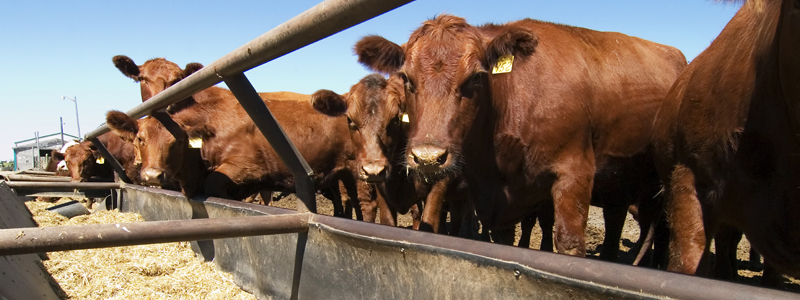by Steve Buckner
The U.S. Food and Drug Administration has revised its animal drug regulations regarding veterinary feed directive (VFD) drugs. This amendment is designed to make the FDA’s VFD program more efficient while protecting human and animal health.
In 1996, Congress established the Animal Drug Availability Act to enable the approval and sales of new animal drugs and medicated feeds. This act established a new regulatory category for certain animal drugs used in or on animal food called VFD drugs. These VFD drugs represent new animal drugs intended for use in or on animal feed that are limited to use under the professional supervision of a licensed veterinarian.
The new VFD rule represents the third of three key documents the FDA is using to announce and implement its policy framework for the prudent use of medically important antimicrobial drugs in food-producing animals. Besides providing accountability, this final rule also updates the VFD requirements to improve the process’s efficiency. These regulatory improvements are crucial for facilitating the transition of a large number of over-the-counter feed-use antimicrobial drugs to their new VFD status.
Key Points
- The categorization of VFD drugs will be determined on a case-by-case basis based on the likelihood that the particular drug at issue will produce an unsafe residue in edible products derived from treated animals, as is currently the case for non-VFD feed use drugs;
- The definition of VFD drugs is revised to simply refer to the statutory definition to provide further clarity;
- Veterinarians are required to keep the original VFD (in hardcopy or electronically) and the distributor and client must keep a copy of the VFD (in hardcopy or electronically); and
- These copies of VFDs and records of the receipt and distribution of VFD feed must be kept for a period of two years.











